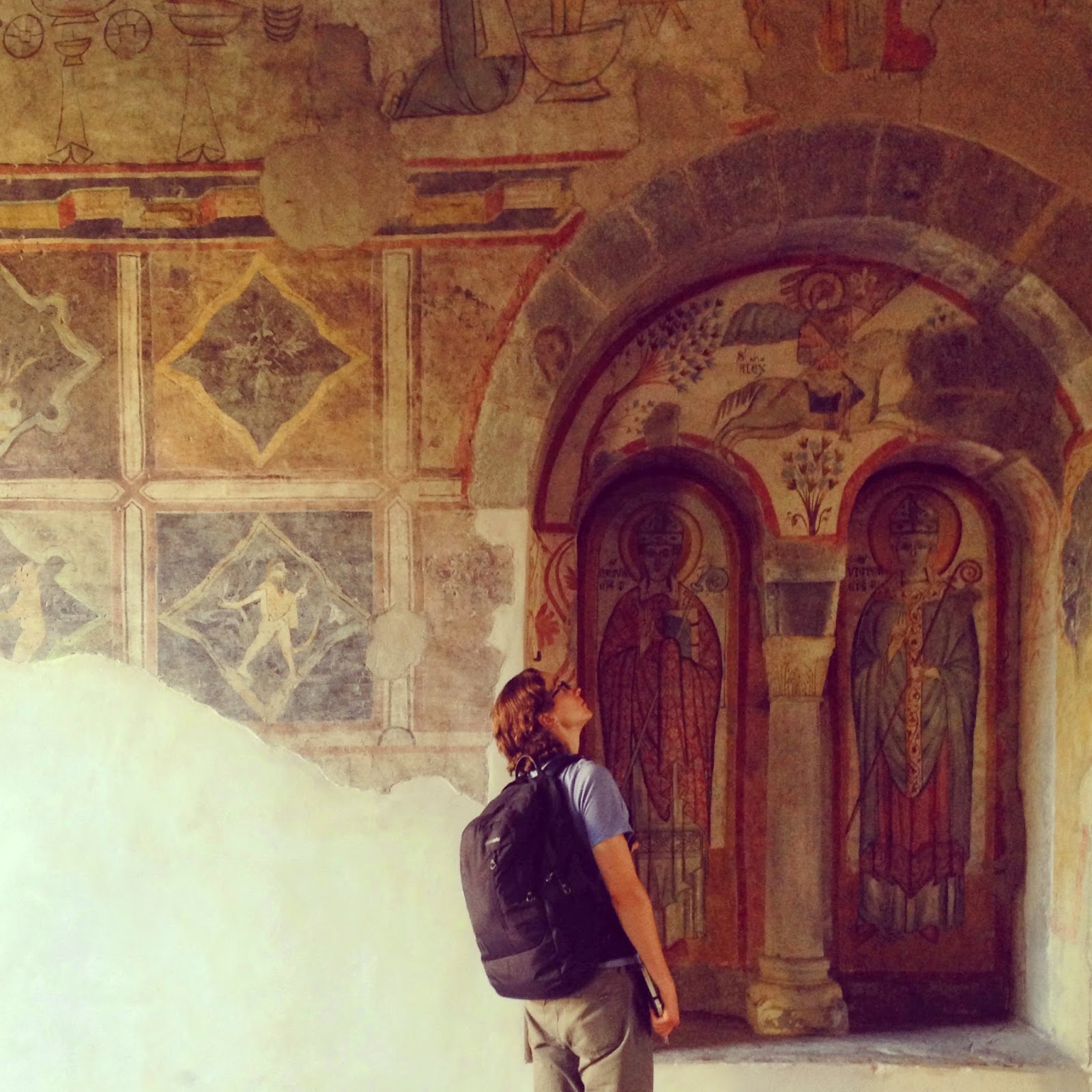It's easy to forget that The Beatles—the band and the pop culture phenomenon as we know them—were only active for ten years. So much happened in that decade, the ever-intriguing and dynamic Sixties, including the elevation of the Fab Four to unfathomable heights of stardom. Paul McCartney, John Lennon, George Harrison, & Ringo Starr, especially with the passage of time, seem easier to perceive as icons rather than human beings.
 |
| The Beatles: young & not-so-young. |
They are, of course, mere mortals (despite what individuals such as myself may want to tell you). In fact, one of the more interesting trajectories seen in The Beatles' career—if you step away from the music itself—is the physical aging process of the four men who comprised arguably the greatest and most influential rock band ever.
All things considered, The Beatles were still boys when they began their meteoric ascent through the ranks of the music industry: George Harrison was just 19 when the group scored their first number-one hit in "Love Me Do." But as the years went by, as they were forced into sharing hotel rooms during the height of "Beatlemania" and into making difficult decisions such as retiring from touring to devote themselves fully to the artistic process of recording, they aged rather rapidly into mature adults.
Ten years, for just about any other band, could have passed for twenty: 12 studio albums, 20 number-one singles on the Billboard Hot 100 chart, 5 feature films, and innumerable stylistic, artistic, and philosophical transformations. Going strictly by the numbers, The Beatles were remarkably busy during their active years as a band. And the hard work showed: in their unprecedented success & on their faces.
 |
| The Fab Four in the early days: pre-mop top in 1962. |
When the group disbanded in 1970, its most senior members, Ringo Starr and John Lennon, were just 30 years old. Paul McCartney was 28 and George Harrison had reached the ripe old age of 27. However, in the photos from the band's final shoot at Lennon's Tittenhurst Park home in August 1969, they all appear much older: aged by the trappings of superstardom, by artistic & business disputes, and—yes—by facial hair.
 |
| What a difference five years makes: 1964 vs. 1969. |
Although none of us are free from the heavy hands of time, one must admit that John Lennon's transformation between 1965 and 1967 was jarring (and even more so
between 1963 and 1969).
 |
| Lennon ('65 vs. '67) & Harrison ('64 vs. '70) |
And George Harrison, once a fresh-faced Liverpudlian lad living in the shadow of the vaunted Lennon-McCartney duo, more closely resembled an Orthodox priest when he embarked on his post-Beatles debut, All Things Must Pass.
Some would have it that their changes were merely the result of drug abuse: tobacco, marijuana, amphetamines, LSD, cocaine, even heroin
—The Beatles were familiar with all of them on some level. But drugs were far from the only factor: just look at their touring schedule.
They played nearly every day of the year in 1963 and released two studio LPs. Then, in 1964, they embarked on their first world tour, additional tours in the UK, USA, Canada, and Europe, and still managed to release A Hard Day's Night and Beatles For Sale. More of the same in 1965: international tour dates & two more albums, Help! and Rubber Soul.
It's no wonder that the band decided to stop touring the next year. It happened to be around then that the "Paul is dead" urban legend came about — well, if that grueling schedule didn't kill him, it at least aged him a few extra years.
The Beatles, of course, stayed active in their last four years together, putting out seven of their most ground-breaking records yet: Revolver, Sgt. Pepper's Lonely Hearts Club Band, Magical Mystery Tour, Yellow Submarine, The Beatles ("White Album"), Abbey Road, and Let It Be.
By comparison, Eminem—the top selling artist of the 2000s—has managed to release eight records over the course of 18 years.
And so, The Beatles as they appeared in 1969 at Tittenhurst Park were probably burned out: from a decade of constant travel, performance, and exceptional creative output.
Their career mirrored the era in which it existed: high-paced, full of inspiration & change, and exhausting for those who lived through it.
 |
| John Lennon, George Harrison, Paul McCartney, & Ringo Starr at Tittenhurst Park. August 22, 1969. |







.jpg)





















